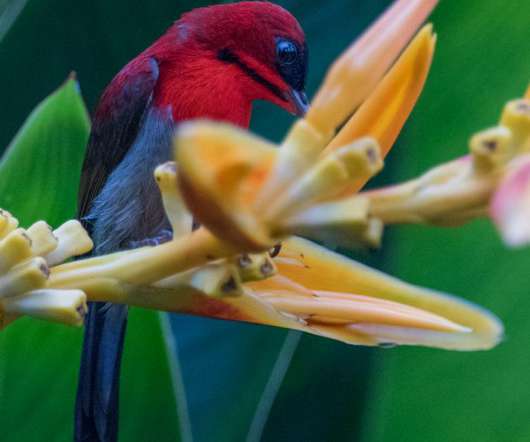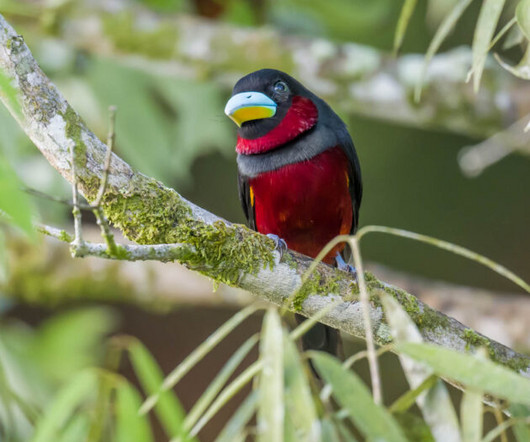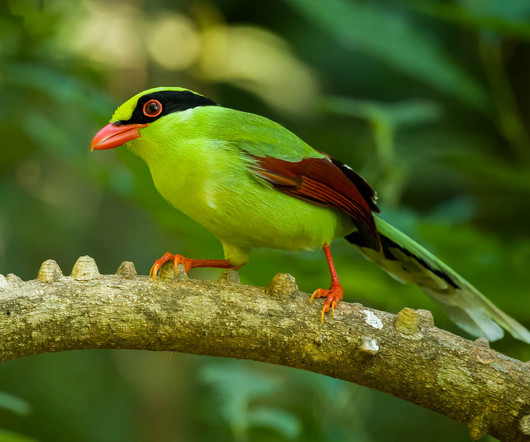Birding Singapore
10,000 Birds
MAY 13, 2022
The only bird-related activity I can think of is looking at bird photos I took in Singapore in 2015, and adding some irrelevant comments to them. Presumably, birds living in Singapore do not understand German. In Singapore, Common Redshanks mostly drink Tiger Beer. Somebody fire the photographer, please.












Let's personalize your content